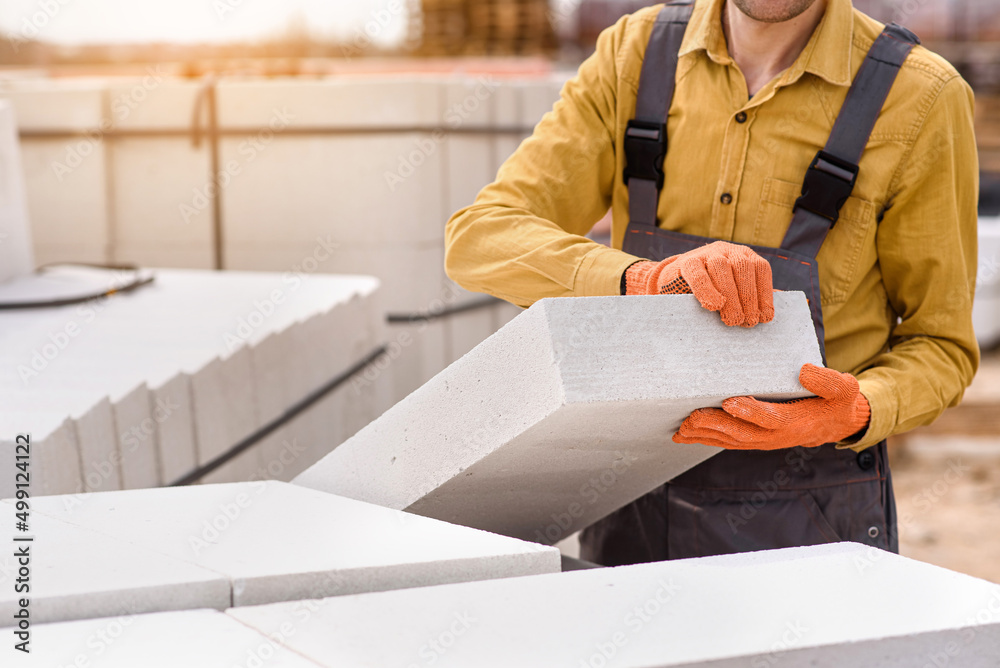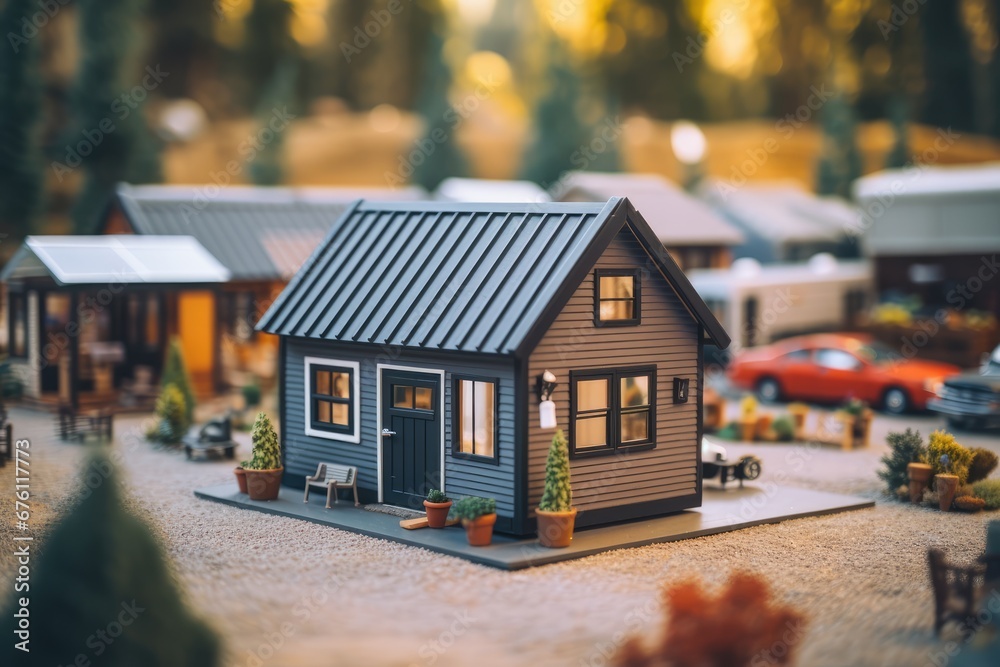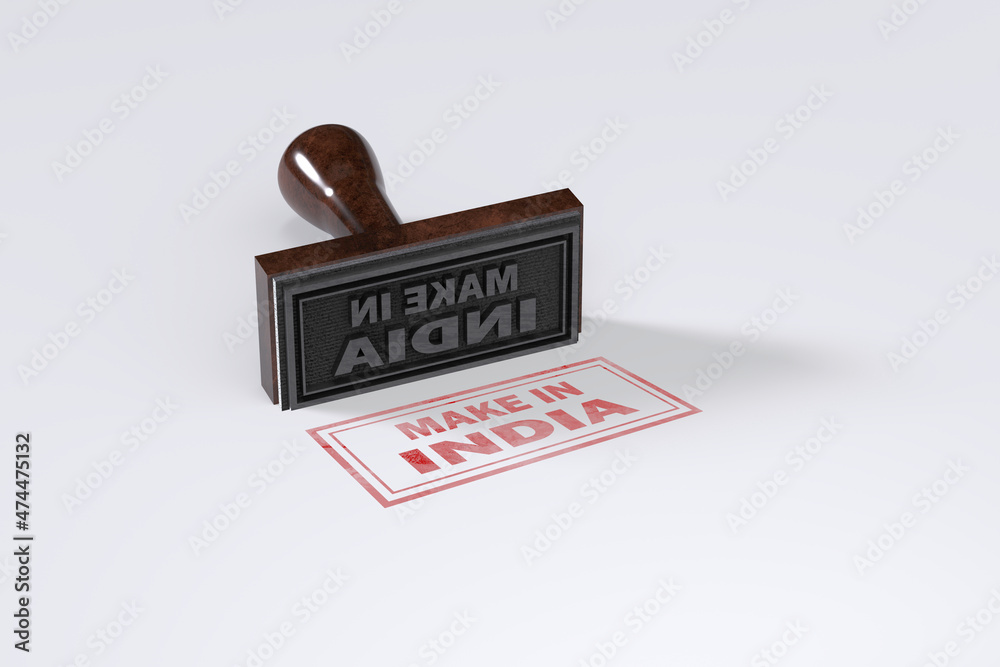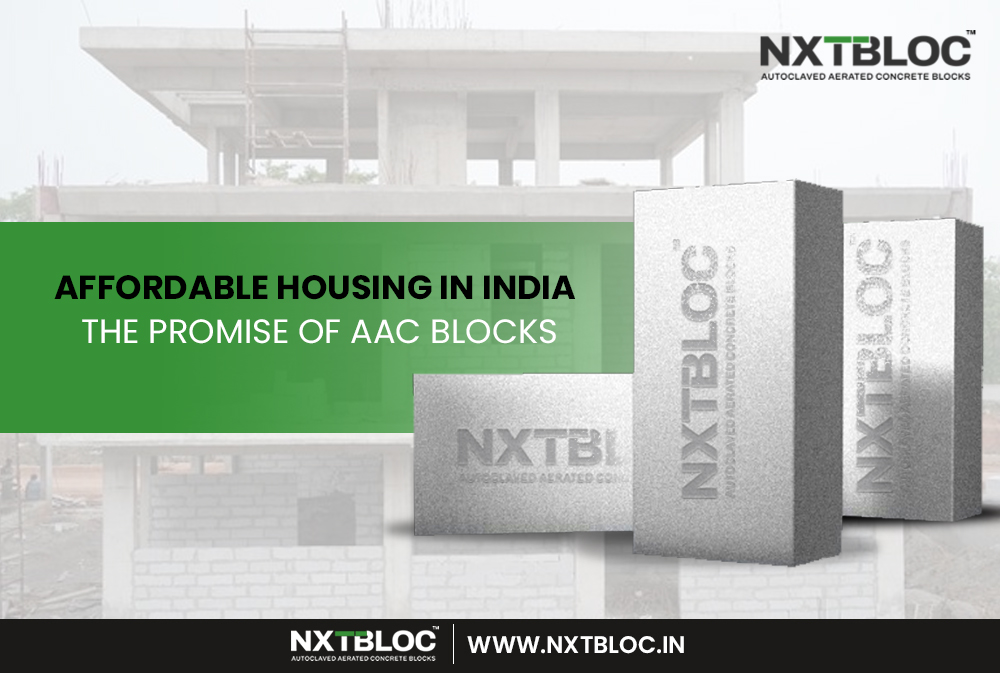Introduction
Affordable housing in India is a critical issue, where a significant portion of the population struggles to access safe and decent living spaces. Amidst this challenge, AAC (Autoclaved Aerated Concrete) blocks emerge as a promising solution. Defined as lightweight precast concrete blocks, AAC blocks offer numerous benefits, making them a viable option for addressing the housing needs of millions across the nation.
Table of Contents
Advantages of AAC Blocks
Lightweight and Easy to Handle
AAC blocks are much lighter than traditional bricks or concrete blocks. This makes them easier to transport and handle during construction. Because they’re light, builders can work faster, which helps save money on labour costs.
Good for Keeping Temperatures Comfortable
One of the best things about AAC blocks is their ability to keep homes at a comfortable temperature. They insulate well, so they keep the heat out in summer and the warmth in during winter. This means people living in houses made with AAC blocks can save money on heating and cooling bills.
Keeps Noise Out
AAC blocks also do a good job of blocking out noise. That means people living in houses made with these blocks can enjoy peace inside their homes, even if they’re in a noisy area.
Stands Up to Fire
Safety is important, especially in homes. AAC blocks are great because they’re resistant to fire. That means if there’s a fire, houses made with AAC blocks are less likely to get damaged, keeping people safer.
Lasts a Long Time
Durability is key when it comes to building houses. AAC blocks are strong and sturdy, so they last a long time. This means less maintenance and repair work, which saves money in the long run.

Environmental Benefits
Saves Energy
AAC blocks are good for the environment too. They’re energy-efficient, which means they help save energy. That’s good for the planet because it means less pollution from power plants.
Reduces Carbon Footprint
Because AAC blocks are made using sustainable materials and are energy-efficient, they have a smaller carbon footprint compared to other building materials. This means that they are more environmentally friendly.
Cost-effectiveness
Saves Time and Money
Using AAC blocks can save both time and money. Because they’re light and easy to handle, builders can work faster, which means less money is spent on labour. Plus, because they insulate well, they can help people save money on their energy bills in the long run.
Less Waste
When building with AAC blocks, there’s less waste compared to traditional building materials. This means less money is spent on materials that end up getting thrown away.

Initiatives in Affordable Housing
Government Support
The government in India is supporting the use of AAC blocks in affordable housing projects. They recognize the benefits of these blocks and are encouraging construction builders like BigBloc to use them to create homes that are safe, comfortable, and affordable.
Rural Development
AAC blocks are also being used in rural areas to help people build homes that are strong and durable. This is important because many people in rural areas don’t have access to safe housing.
Urban Slum Rehabilitation
In cities, AAC blocks are being used to rebuild slums and create better living conditions for people who are living in overcrowded and unsafe conditions. By using AAC blocks, builders can create homes that are safer, more comfortable, and more durable.

Challenges and Solutions
Raising Awareness
One challenge with using AAC blocks is that not everyone knows about them. By raising awareness about the benefits of AAC blocks, more people can see that they’re a good option for affordable housing in India.
Training
Another challenge is making sure that builders know how to use AAC blocks properly. By providing training and support, builders can learn the best practices for working with AAC blocks, ensuring that homes are built to high standards.
Infrastructure Support
Finally, there needs to be support for the infrastructure needed to produce and transport AAC blocks. By investing in infrastructure, more AAC blocks can be made and distributed, making them more accessible to people who need affordable housing.
Future Prospects
Technological Advancements
As technology improves, AAC blocks will likely become even better. This could mean that they become even lighter, stronger, and more efficient, making them an even better option for affordable housing in India.
Market Growth
The market for AAC blocks is expected to grow as more people learn about their benefits. This means that more builders will start using AAC blocks, leading to more affordable housing options for people in India.

Impact on the Economy
The widespread use of AAC blocks could have a positive impact on the Indian economy. By creating jobs and boosting the construction industry, AAC blocks could help stimulate economic growth and development.
Conclusion
AAC blocks offer a promising solution to the affordable housing crisis in India. With its many benefits, including being lightweight, energy-efficient, and cost-effective, AAC blocks are a great option for building homes that are safe, comfortable, and affordable. By addressing challenges and investing in the future of AAC block technology, India can create a brighter future for millions of people in need of affordable housing.
